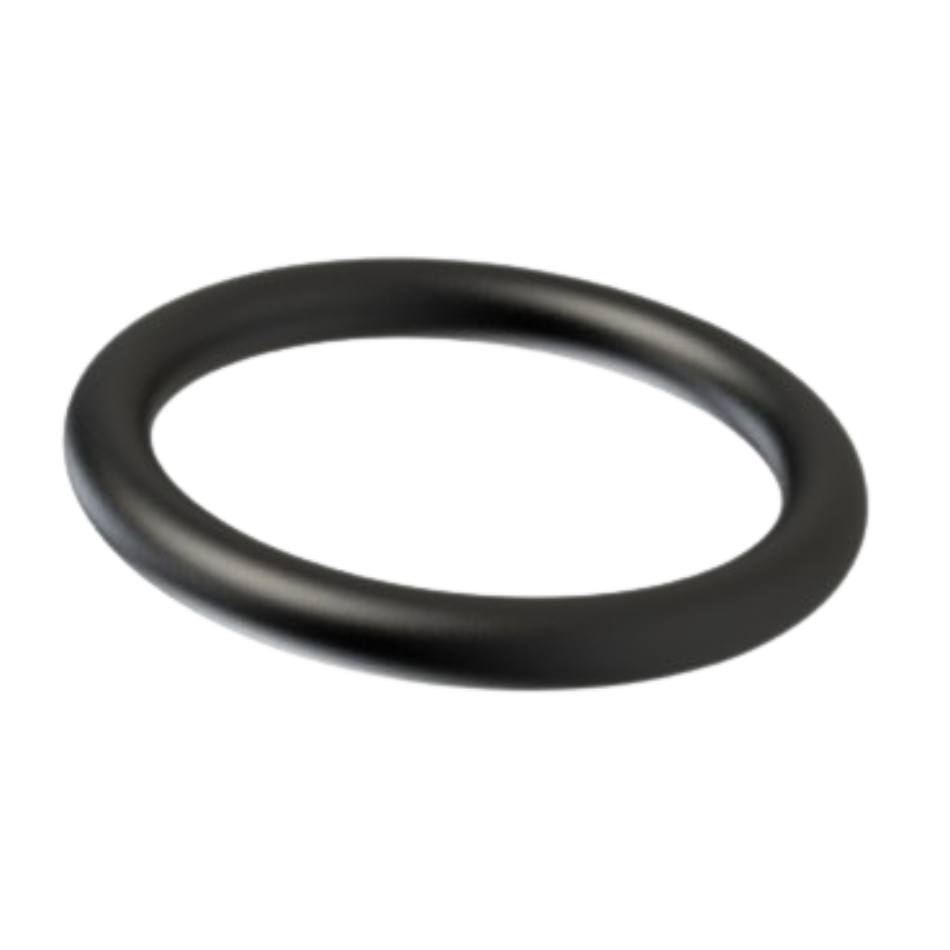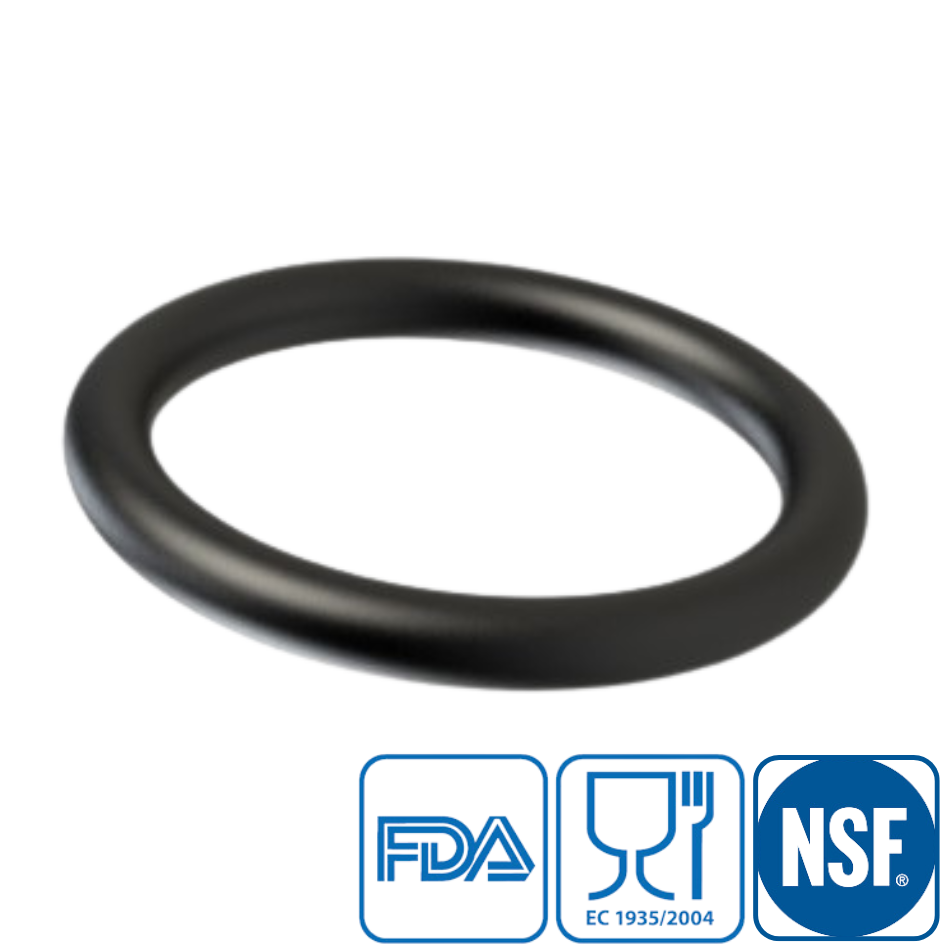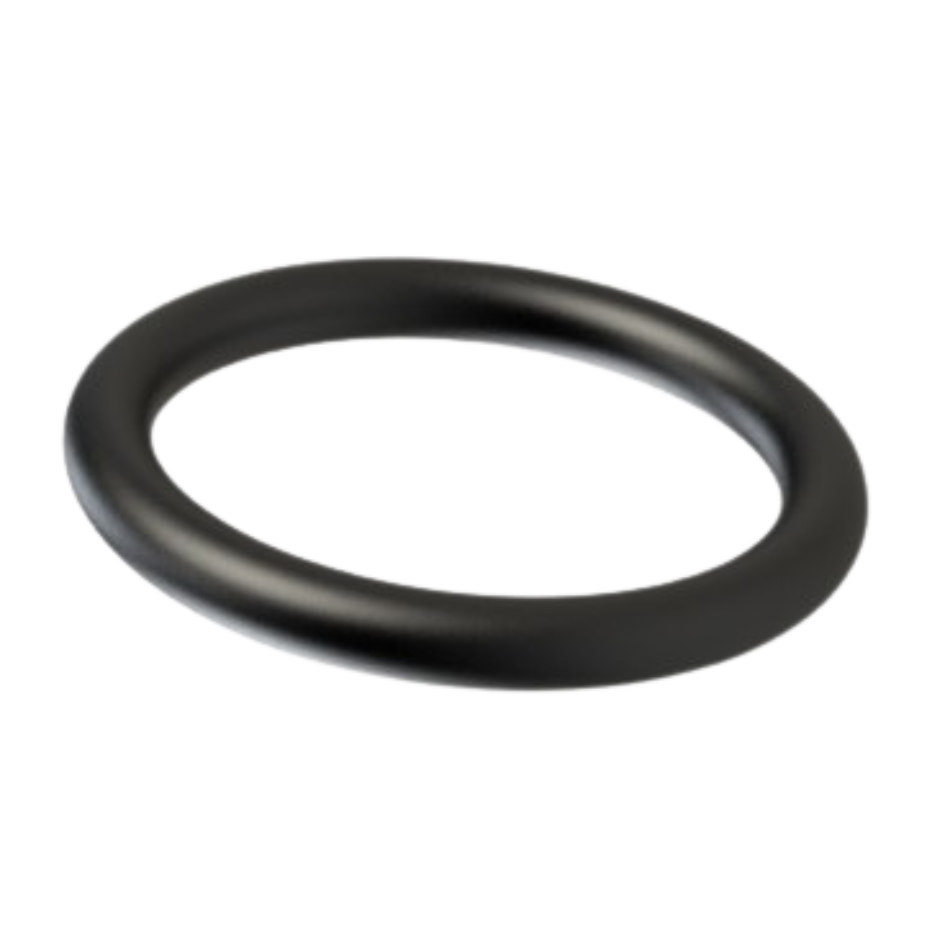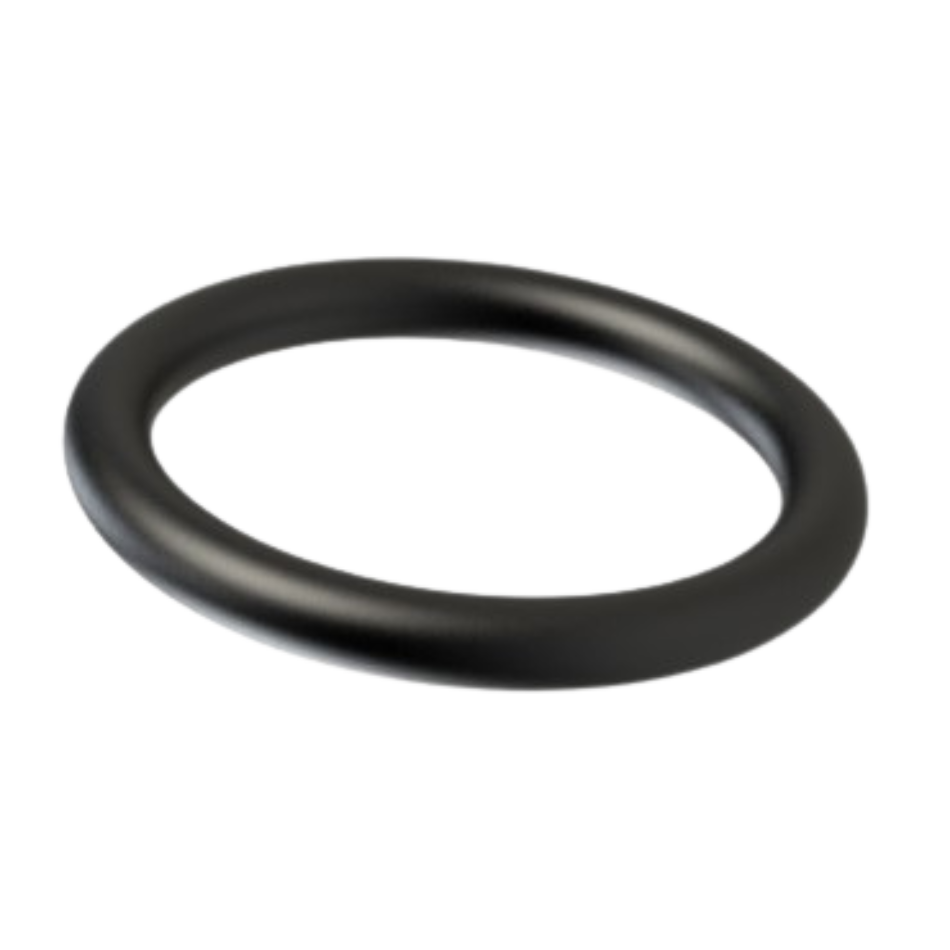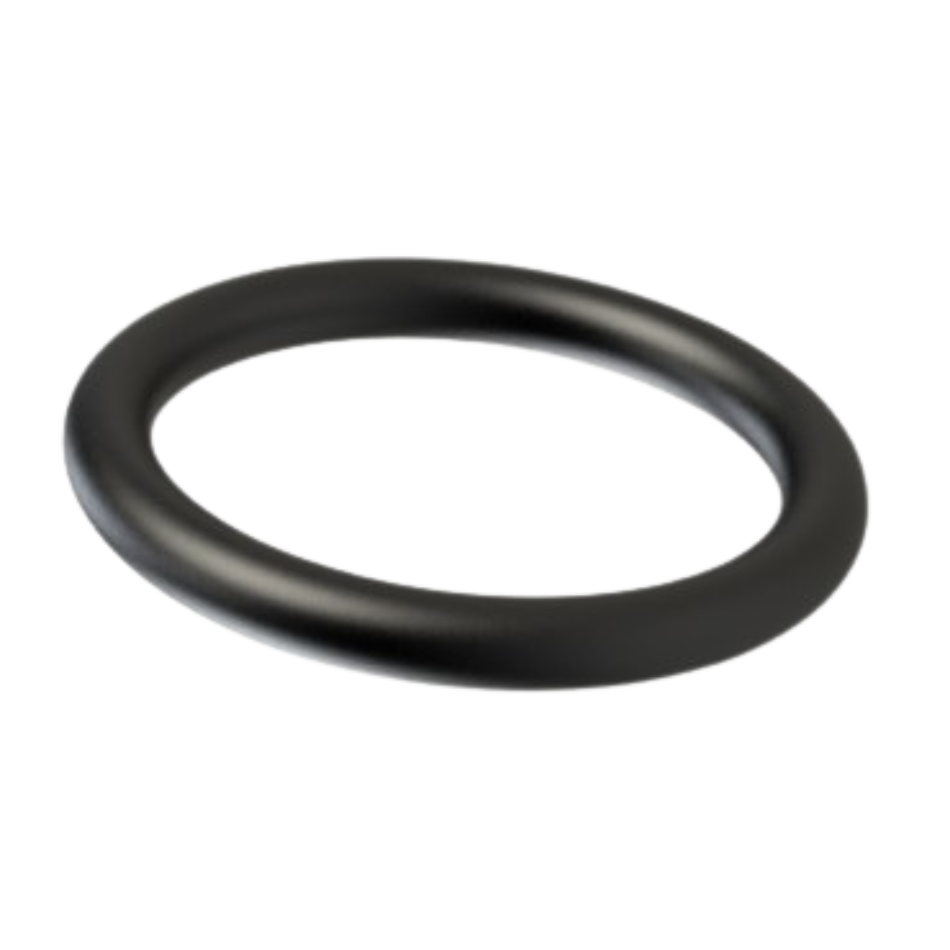EPDM O-rings are seals made of ethylene-propylene-diene-monomer rubber, a synthetic elastomer with excellent resistance to weathering, ozone, and UV radiation. These O-rings retain their elasticity over a broad temperature range and are resistant to steam and water vapor. Due to their durability and versatility, EPDM seals are widely used in HVAC systems, plumbing, automotive applications, and more.
The unique ability of EPDM O-rings to perform outdoors makes them suitable for various outdoor applications, including roofing and seals for windows and doors. These O-rings offer reliable sealing properties in diverse environments, making them a popular choice across different industries.
EPDM O-rings with potable water certification are specially designed to meet stringent standards for use in potable water and plumbing applications. These O-rings are made from EPDM rubber that meets specific requirements for contact with drinking water, including safety, hygiene, and non-toxicity.
Thanks to their excellent water resistance, chemical stability, and resistance to bacterial growth, EPDM O-rings with potable water certification are ideal for use in drinking water systems, water filtration, and plumbing. They are widely used in residential, commercial, and industrial applications where safety and compliance with drinking water standards are essential. With these O-rings, you can rely on safe and reliable seals for your drinking water installations.
To see our assortment of O-rings in EPDM with potable water certifications, Click here
EPDM O-rings offer several advantages that make them suitable for diverse sealing applications. Firstly, these O-rings have excellent resistance to weathering, ozone, and UV radiation, making them ideal for outdoor applications and exposure to the elements.
Additionally, EPDM seals exhibit a wide temperature range, typically from -50°C to 150°C, making them suitable for both low and high temperatures. They retain their elasticity and sealing performance across a broad temperature range.
O-rings made of EPDM are also resistant to steam, water, acids, bases, and many chemicals, making them versatile for use in various industries. Moreover, EPDM O-rings are cost-effective and readily available in various sizes and shapes, making them a popular choice for diverse sealing applications.
EPDM rubber is produced using two different polymerization methods: sulfur and peroxide. These methods result in EPDM polymers with different properties and applications.
EPDM sulfur is produced using sulfur as a cross-linking thermoplastic elastomer. The result is EPDM rubber with good resistance to ozone, UV radiation, and weathering, making it ideal for outdoor applications such as roofing and seals for windows and doors.
EPDM peroxide is produced using peroxide as a cross-linking agent for EPDM rubber. This results in EPDM with higher thermal stability and chemical resistance, making it suitable for applications involving high temperatures and aggressive chemicals, such as in the automotive, chemical, and pharmaceutical industries.
Both methods offer unique benefits depending on the specific requirements of the application. It is important to choose the right type of EPDM rubber based on environmental factors and performance needs of your project.
EPDM O-rings find a wide range of applications due to their excellent properties and versatility. They are widely used in HVAC systems (heating, ventilation, and air conditioning), plumbing, and water treatment applications due to their resistance to water, steam, and chemicals.
Additionally, EPDM O-rings are used in the automotive industry for seals in engine components, fuel systems, and brakes due to their performance at high temperatures. They are also used in electrical applications for their insulating properties.
The resistance to ozone, UV radiation, and weathering makes EPDM seals suitable for outdoor applications such as roofing, window seals, and door seals. Their durability and reliability make them a popular choice across various industries and applications where sealing efficiency is crucial.
Despite the many advantages, EPDM O-rings have some disadvantages to consider. A significant drawback is that they offer limited resistance to oils, greases, and hydrocarbon-based solvents. Prolonged exposure to these substances can lead to deterioration of sealing properties and material degradation.
Additionally, EPDM seals have limited resistance to certain chemicals, such as oils with high aromatic content, concentrated acids, and bases. These O-rings can also be sensitive to certain fuels and brake fluids.
Finally, O-rings made from EPDM rubber have a higher compression set compared to some other rubber materials, which can lead to permanent deformation and reduced sealing performance under prolonged compression. It is important to evaluate the compatibility of EPDM O-rings with specific media and environmental factors before application.

